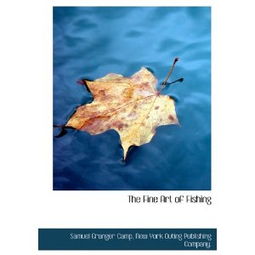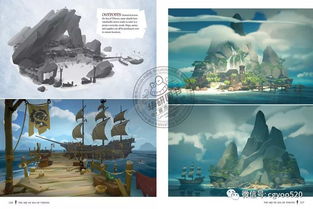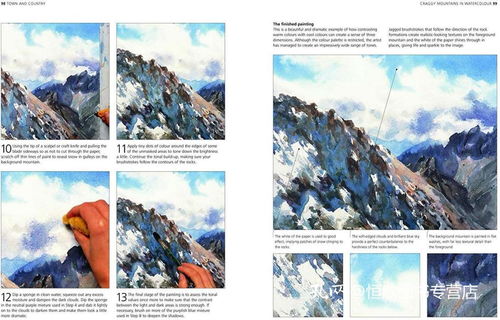Casting is an essential skill for any angler, as it determines how far you can reach potential fish and how effectively you can present your bait. Whether you're a beginner or a seasoned angler looking to improve your game, mastering the art of casting can significantly enhance your fishing experience. In this article, we'll delve into the intricacies of甩杆钓鱼技巧, offering you a step-by-step guide on how to cast your fishing rod further.
Understanding the Basics of Casting
Before we dive into the specifics of how to cast further, it's crucial to understand the basic mechanics of casting. Casting involves several key components: the grip, the backcast, the forward cast, and the follow-through. Each of these elements plays a vital role in achieving a successful and long cast.

The Grip
The grip is the foundation of your casting technique. It should be firm but not overly tight. To achieve the correct grip, follow these steps:
- Hold the fishing rod with your dominant hand.
- Place your index finger and thumb on the reel seat for stability.
- Wrap your remaining fingers around the handle, ensuring a comfortable but secure hold.
The Backcast
The backcast is the first part of the casting motion. It involves winding up the line and rod, storing energy for the forward cast. Here's how to perform a backcast effectively:
- Begin by standing with your feet shoulder-width apart and the rod pointing towards your target.
- Wind up the rod by moving it back and away from your body in a smooth, continuous motion.
- As you wind up, let the line unravel naturally, allowing it to flow through your fingers.
- Once the rod is fully wound back, pause for a moment to ensure the line is fully loaded.
The Forward Cast
The forward cast is where the stored energy from the backcast is released, propelling the line towards your target. Follow these steps to execute a powerful forward cast:
- Begin the forward cast by smoothly accelerating the rod forward while simultaneously opening your wrist.
- As the rod moves forward, your wrist should rotate, helping to snap the line out.
- Keep your elbow close to your body to maintain control and stability.
- Aim for a target slightly above your intended fishing spot to account for any potential wind resistance.
The Follow-Through
The follow-through is the final stage of the casting motion. It ensures that the line is fully cast and that the rod is in a safe position. Here's how to complete the follow-through:
- After releasing the line, continue to move the rod forward for a few more inches to ensure the line is fully cast.
- Allow the rod to come to a natural stop, avoiding any abrupt movements that could cause the line to tangle.
- Keep your feet shoulder-width apart and your knees slightly bent to maintain balance throughout the casting process.
Techniques to Cast Further
Now that you understand the basics of casting, let's explore some techniques to help you cast your fishing rod further:
Use the Right Equipment
Choosing the right fishing rod and reel can make a significant difference in your casting distance. Look for a rod with a fast action, which provides more power and sensitivity. Additionally, a quality reel with a strong drag system will help you manage longer casts.
Practice Your Casting Technique
Like any skill, casting requires practice. Spend time honing your technique by casting in different conditions and from various distances. This will help you develop muscle memory and improve your accuracy.
Adjust for Wind
Wind can be a significant factor in casting distance. To compensate for wind, aim to cast into the wind rather than with it. This will help you maintain control and reach greater distances.
Use a Proper Winding Technique
When winding up the line, ensure that you're doing so smoothly and consistently. A erratic winding motion can lead to uneven line tension, which can affect your casting distance.
Focus on the Line
When casting, pay close attention to the line. Ensure that it's fully loaded onto the rod before you begin the forward cast. This will provide you with more power and distance.
Experiment with Casting Angles
Experiment with different casting angles to find the one that works best for you. Some anglers find that casting at a slightly upward angle can help overcome wind resistance and increase distance.
Conclusion
Casting further is a skill that can be developed with practice and the right techniques. By understanding the basics of casting, using the right equipment, and focusing on your technique, you can significantly increase your casting distance. Remember to always practice safely and responsibly, respecting the environment and the wildlife around you. With dedication and patience, you'll soon be casting like a pro, reaching those faraway fish with ease.












